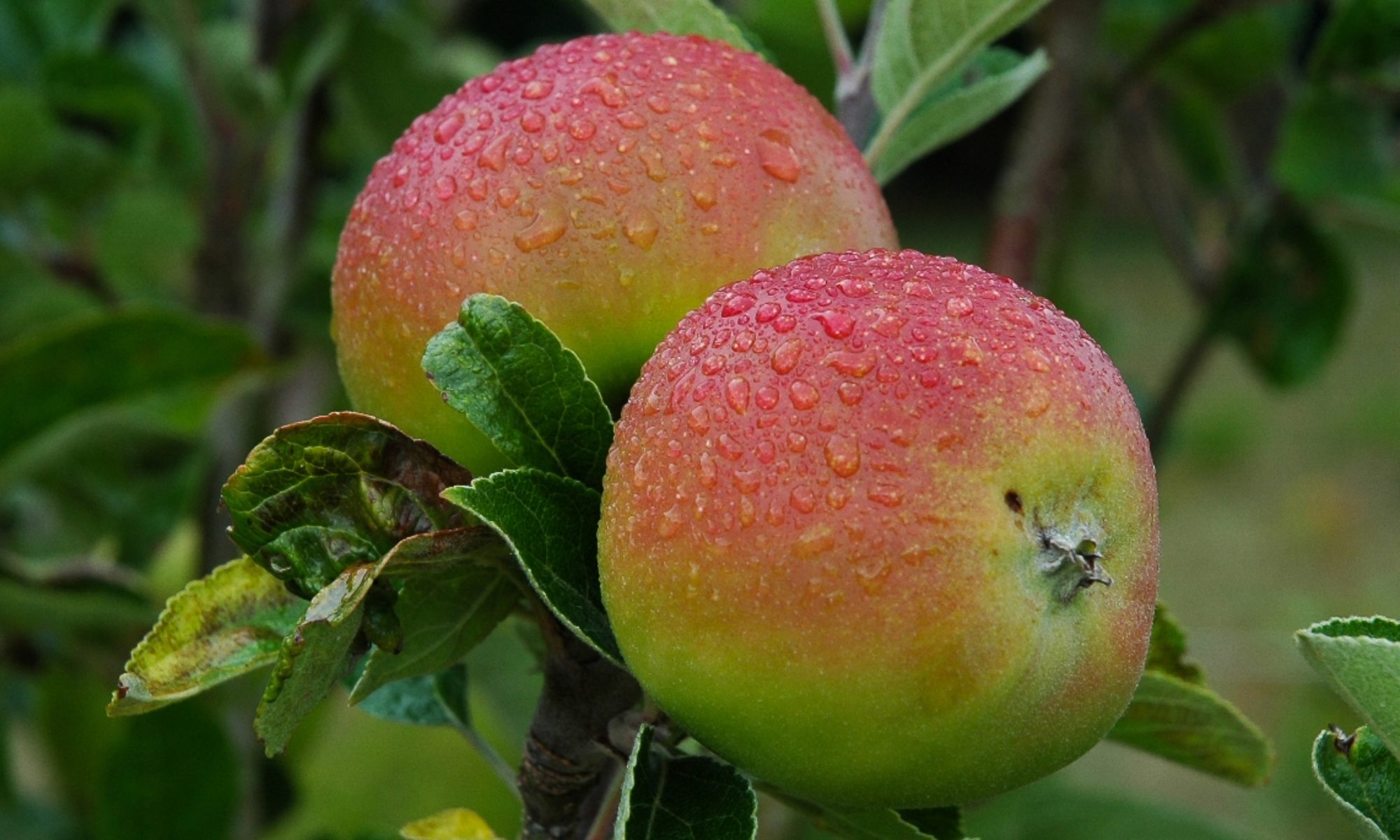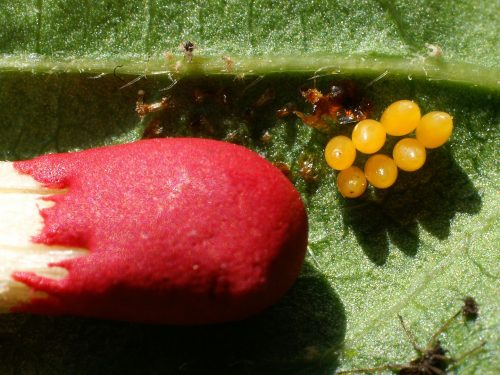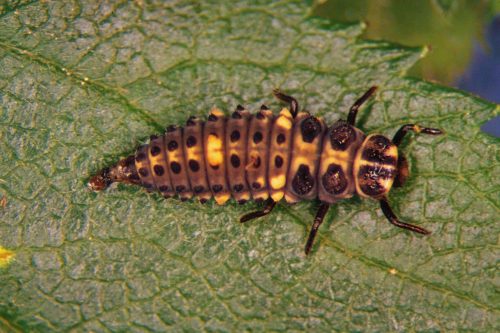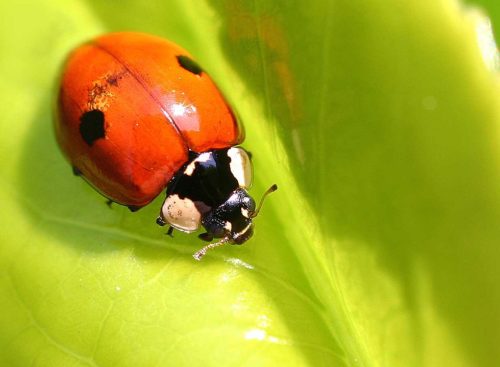- Biopesticide against aphids
Ladybird Larvae , Adalia – The larvae of the two-spotted ladybird (Adalia Bipunctata) do not yet look like ladybirds, but rather like small caterpillars. They are true aphids eaters. Because they still have to grow, they eat more aphids than adult ladybirds. The two-spotted ladybird is native to Europe, but is vulnerable.
The larvae live for nearly three weeks before pupating; in those weeks they molt a few times and in the last weeks the larvae eat a lot of aphids. The pupae lie on the leaves and after more than a week small ladybirds appear. So don’t clean up the pupa either.
The larvae can be applied to with aphids covered hedges, roses and trees; 10 to 25 larvae per m².
Ladybird larvae are commercially available.
The larvae can be resisted by ants: for ants, aphids are suppliers of sugars. An adhesive tape around the trunk early in the spring prevents ants from crawling into the tree. If the ants are already present in the plant, it is difficult to remove them. There are products available with nematodes (roundworms) that kill ants.



